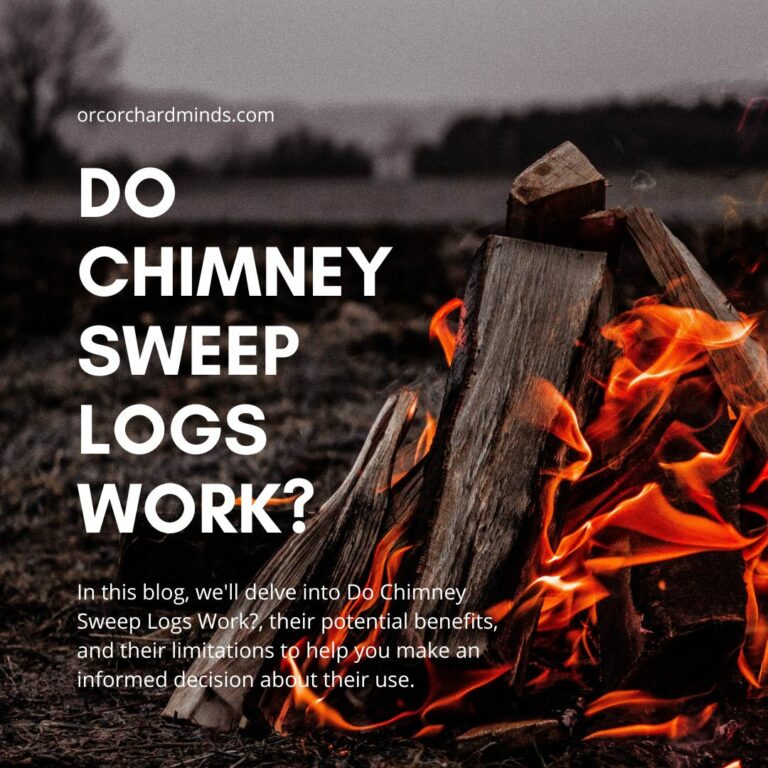Chimney sweep birds, often referred to as chimney swifts, can be charming and beneficial to our ecosystem, but when they take up residence in your chimney, they can create issues. This blog will explore how to get rid of birds in your chimney while ensuring their safety and compliance with legal regulations.
What are Chimney Swift Birds?
Chimney swifts, scientifically known as Chaetura pelagica, are small, insect-eating birds that often choose chimneys as nesting spots during the breeding season. These birds are migratory and are protected by federal laws, making it illegal to harm them or their nests. Therefore, it is crucial to approach their removal with care and consideration.
Why are Chimney Swift Birds a Problem?
Firstly, chimney swifts are protected by federal law in the United States, which makes it illegal to harm or disturb them or their nests. Therefore, when they nest in chimneys, it can limit homeowners’ ability to use their chimneys for their intended purpose, such as heating or fireplace enjoyment, during the breeding and nesting season. This can be inconvenient and frustrating, particularly in areas with long, cold winters.
Secondly, the nesting materials and droppings of chimney swifts can accumulate in chimneys over time, potentially causing blockages. These blockages can obstruct the flow of smoke and gases produced by fires, which poses a significant safety hazard. Additionally, the presence of bird droppings in chimneys can lead to unpleasant odours and the potential for health concerns if not adequately addressed.
How to Get Rid of Birds in Your Chimney
To eliminate birds from your chimney, follow these steps:
First, identify if there are birds inside by listening for chirping or rustling sounds. Once confirmed, block off the chimney with a temporary barrier, such as a wire mesh or a towel, to prevent further access. Then, wait until evening when the birds are roosting. Carefully inspect the chimney to ensure no birds are inside, and if any are found, gently coax them out using a long, flexible object like a broom or a rope. Once all birds are safely out, remove the temporary barrier and install a permanent chimney cap to prevent future bird entry. Regular maintenance and cap installation are crucial to keeping your chimney bird-free.
Dangers of a Chimney Swift Infestation
Fire Hazards: Accumulated nesting materials can block airflow, leading to improper combustion and a higher risk of chimney fires.
Carbon Monoxide Poisoning: Obstructed chimneys may cause carbon monoxide to back up into your home, posing a deadly threat.
Health Concerns: Bird droppings can carry diseases and parasites, potentially causing health issues if they enter your living space.
Structural Damage: Swifts’ acidic droppings can erode chimney liners and cause structural damage over time.
Legal Implications: Attempting to remove or harm chimney swifts can lead to legal consequences due to their protected status under federal law.
Solutions to Get Rid of Swifts in Chimney
1. Install a Chimney Cap:
- A chimney cap is a protective covering that fits securely on top of your chimney. It features a mesh or metal structure designed to allow smoke and gases from your fireplace or heating system to escape while creating a barrier that prevents swifts and other pests from entering.
- These caps are relatively easy to install, but it’s recommended to consult a professional chimney service or technician to ensure proper sizing and installation. A well-fitted cap provides a long-term solution to prevent swifts from nesting in your chimney.
2. Wait for Migration:
- Chimney swifts are migratory birds that typically use chimneys as nesting sites during their breeding season, which occurs from late spring to early fall.
- To avoid disturbing the birds and their nests, it’s advisable to wait until the fall and winter months, when they have migrated south for their wintering grounds, before addressing the issue. This ensures that you can safely remove any nests or blockages without causing harm to the birds.
3. Provide Alternative Nesting Sites:
- You can encourage chimney swifts to nest in locations other than your chimney by installing nesting boxes or birdhouses high up in nearby trees. These structures mimic the birds’ natural nesting environments, making them attractive alternatives.
- It’s essential to place these nesting boxes or birdhouses well before the breeding season begins to increase the likelihood of swifts choosing them as nesting sites.
4. Use a Chimney Swift Trap:
- If you need to remove chimney swifts from your chimney, consider using specialized chimney swift traps designed to capture the birds humanely.
- These traps allow you to catch the swifts without causing harm. Once trapped, you can release them safely outside when they are not nesting, typically during the fall and winter months.
5. Seek Professional Help:
- Suppose you are unsure about handling the situation yourself or want to ensure a humane and legal removal process. In that case, it’s best to contact a wildlife rehabilitator or a pest control professional with expertise in removing birds like chimney swifts.
- Professionals have the knowledge and tools to handle the situation without harming the birds and can guide in preventing future infestations.
FAQs about How to Get Rid of Birds in Your Chimney
What are chimney swifts, and why do they nest in chimneys?
Chimney swifts are small, migratory birds known for nesting in chimneys. They choose chimneys because they resemble their natural nesting sites, such as hollow trees. Chimneys offer protection and height, which they find ideal for raising their young.
Does the law protect chimney swifts?
Yes, chimney swifts are protected by federal laws in many countries, including the United States. It is illegal to harm or disturb chimney swifts or their nests. Violating these laws can result in legal consequences.
How do I know if I have a chimney swift infestation?
Signs of a chimney swift infestation may include hearing constant chirping or fluttering sounds coming from your chimney, seeing swifts entering and exiting the chimney, or finding nests and droppings in your fireplace.
What are the dangers of a chimney swift infestation?
A chimney swift infestation can lead to blockages, increased risk of chimney fires, carbon monoxide exposure, structural damage, and health concerns due to bird droppings.
How can I prevent chimney swifts from nesting in my chimney?
Installing a chimney cap is an effective preventive measure. This cap allows smoke to escape while keeping birds out. Additionally, providing alternative nesting sites and regular chimney maintenance can deter swifts.




Leave a Comment